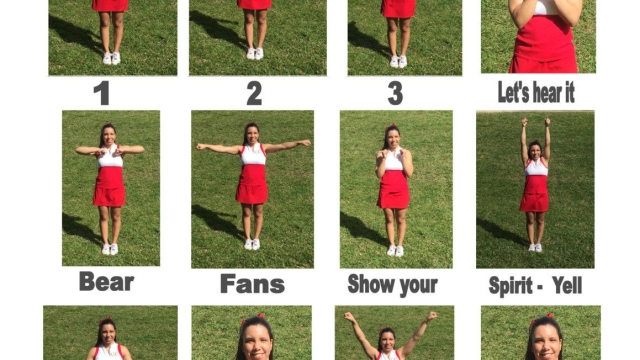Types of Hair Conditioners

Healthy, beautiful hair is often a reflection of proper care and maintenance. One of the most crucial aspects of hair care is conditioning, which helps to hydrate, nourish, and protect hair from damage. Whether your hair is curly, straight, thick, or fine, understanding various hair conditioning methods can significantly enhance its appearance and manageability. This article will delve into different types of conditioners, DIY treatments using natural ingredients, and tips on selecting the right conditioner for your hair type.
Types of Hair Conditioners
Conditioners come in various forms, each designed to address specific hair needs. Here are the most common types:
Leave-In Conditioners
Leave-in conditioners are lightweight formulas that are applied to damp hair and left in without rinsing. They provide ongoing moisture, making them excellent for detangling and reducing frizz. Leave-in conditioners are particularly beneficial for those with dry or curly hair, as they help maintain hydration and create a protective barrier against environmental stressors.
Rinse-Out Conditioners
These are the most typical conditioners found in hair care routines. After shampooing, a rinse-out conditioner is applied and left on the hair for a few minutes before being washed out. This type of conditioner provides essential moisture and helps to smooth the hair cuticle, making hair easier to manage and style. Rinse-out conditioners can vary in formulation, so it’s essential to choose one that matches your hair type and concerns.
Deep Conditioning Treatments
Deep conditioning treatments are intensive formulas designed to penetrate the hair shaft for deep hydration. These treatments are typically used once a week or as needed and can restore moisture, repair damage, and enhance overall hair health. They are ideal for individuals with chemically treated or heat-damaged hair, as they provide a much-needed boost of nutrients.
DIY Conditioning Treatments
For those who prefer a more natural approach, there are several DIY conditioning methods that utilize common kitchen ingredients. These treatments can be both effective and economical:
Coconut Oil
Coconut oil is known for its moisturizing properties. Simply warm a small amount of coconut oil and apply it to dry or damp hair, focusing on the ends. Leave it on for at least 30 minutes, then shampoo as usual. This treatment can help reduce protein loss and add shine.
Avocado Mask
Avocado is packed with vitamins and healthy fats. To create a conditioning mask, mash one ripe avocado and mix it with a tablespoon of olive oil. Apply this mixture to your hair and let it sit for about 20-30 minutes before rinsing. This mask can help nourish and hydrate dry, damaged hair.
Honey and Yogurt
Honey is a natural humectant, while yogurt contains proteins that can strengthen hair. Mix equal parts honey and plain yogurt, apply to damp hair, and leave it on for 30 minutes. Rinse thoroughly for softer, more manageable hair.
Choosing the Right Conditioner
Selecting the right conditioner can greatly impact the effectiveness of your hair care routine. Here are some tips to guide your choice:
Consider Your Hair Type
Different hair types have unique needs. For example, fine hair may benefit from lightweight formulations that won’t weigh it down, while thick or curly hair often requires richer, more moisturizing products.
Identify Your Hair Concerns
Do you struggle with dryness, frizz, or damage? Look for conditioners specifically formulated to target these issues. For example, a product containing argan oil may be ideal for combating frizz, while one with protein can help strengthen weak strands.
Experiment and Observe
Finding the right conditioner may take some experimentation. Don’t hesitate to try different formulations and ingredients to see what works best for your hair. Pay attention to how your hair responds over time, and adjust your routine as necessary.
In conclusion, understanding various hair conditioning methods and experimenting with different products and DIY treatments can lead to healthier, more manageable hair. By carefully selecting conditioners based on your hair type and needs, you can create a personalized hair care routine that yields beautiful results. For those looking for additional styling tools to enhance their hair care regimen, consider exploring high-quality hair dryers that can complement your conditioning efforts.



